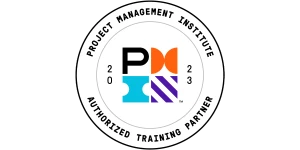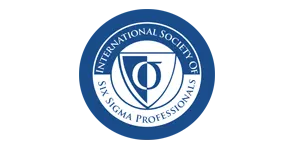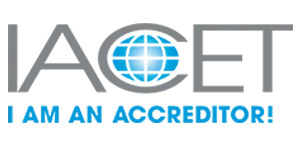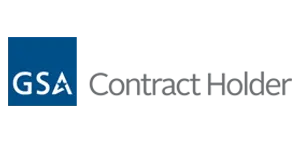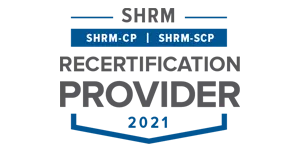What is the Pareto Principle?
The Pareto Principle is an interesting one that every business owner or manager should know about. It states that 80% of outcomes come from 20% of cases, implying unequal relationships between inputs and outputs. Adhering to this principle means prioritizing business goals and tasks to get maximum results.
Learn more about our Six Sigma training.
Below, we’ll dive deeper into the Pareto Principle, its origins, and what you should know about it.
What is the Pareto Principle?
It is a principle stating that 80% of consequences originate from 20% of causes for many outcomes. This principle is a flexible guideline, not a rigid law. It doesn’t always apply, but it offers a valuable perspective for making business decisions.
The Pareto Principle was derived from the views of Vilfredo Pareto, a prominent Italian polymath, who noted that 80% of the land in Italy during his time was owned by 20% of the population. An American engineer, Joseph Juran, built on this idea to formally establish the Pareto Principle.
How does the Pareto Principle apply in business?
This principle applies to business in many ways. For example, you might observe that 80% of profits come from 20% of clients. Then, it makes sense to focus your energy on these clients who bring in the majority of profits. However, that doesn’t mean discarding the other 80%.
You might run a marketing team and observe that 80% of sales come from 20% of your campaigns. Then, it’s wise to spend more resources on the 20% of successful campaigns and less on the other 80%.
The Pareto Principle helps business owners prioritize tasks and manage limited resources. If you have a project to execute, list all the required tasks. Then, apply the Pareto Principle and separately list all the tasks that will have the most significant impact—it’s wise to focus on these tasks over others to maximize productivity.
It can also guide you in making tough corporate decisions. For example, you have many projects for different clients, but your team is running low on time. Hence, you need to focus your limited time more on the 20% of clients yielding the lion’s share of profits. That doesn’t mean disrespecting other clients, but your efforts should focus more on the 20%.
Limitations of the Pareto Principle
As mentioned earlier, the Pareto Principle is an observation, not a firm law. It has its limitations and doesn’t apply in all cases.
One limitation is that the Pareto Principle focuses on a single factor and ignores other variables that could be contributing to the situation. For example, a company looking to boost its sales might focus on the 20% of customers generating 80% of revenue. Still, it may ignore other factors influencing the sales, such as customer support and effective marketing campaigns.
The Pareto Principle also assumes all cases are equal, which doesn’t always apply. For instance, it may suggest that 20% of your clients bring in 80% of profits, but in reality, it’s 30% bringing in 80% of profits. That’s why it’s more of a guiding principle than a fixed law you must follow.
Overcoming these limitations
You can sidestep the limitations of the Pareto Principle by following these practices:
- Combine Pareto with other business strategies, such as SWOT analysis and Six Sigma. This combination gives you a complete picture of your business instead of a limited one when you stick only to the Pareto Principle.
- Conduct thorough analysis and identify the interdependencies between business problems.
- Consider the impact of a project when prioritizing resources instead of only following the 80-20 principle. For example, a client might be generating small revenue but is a potentially big customer – you can focus more resources to encourage them to become a long-term customer.
Final Words
The Pareto Principle helps businesses make smarter decisions and improve outcomes. We have introduced you to this theory and its applications in business sectors. Follow our tips, and you can apply this principle to boost productivity and earn higher revenue.
SixSigma.us offers both Live Virtual classes as well as Online Self-Paced training. Most option includes access to the same great Master Black Belt instructors that teach our World Class in-person sessions. Sign-up today!
Virtual Classroom Training Programs Self-Paced Online Training Programs


